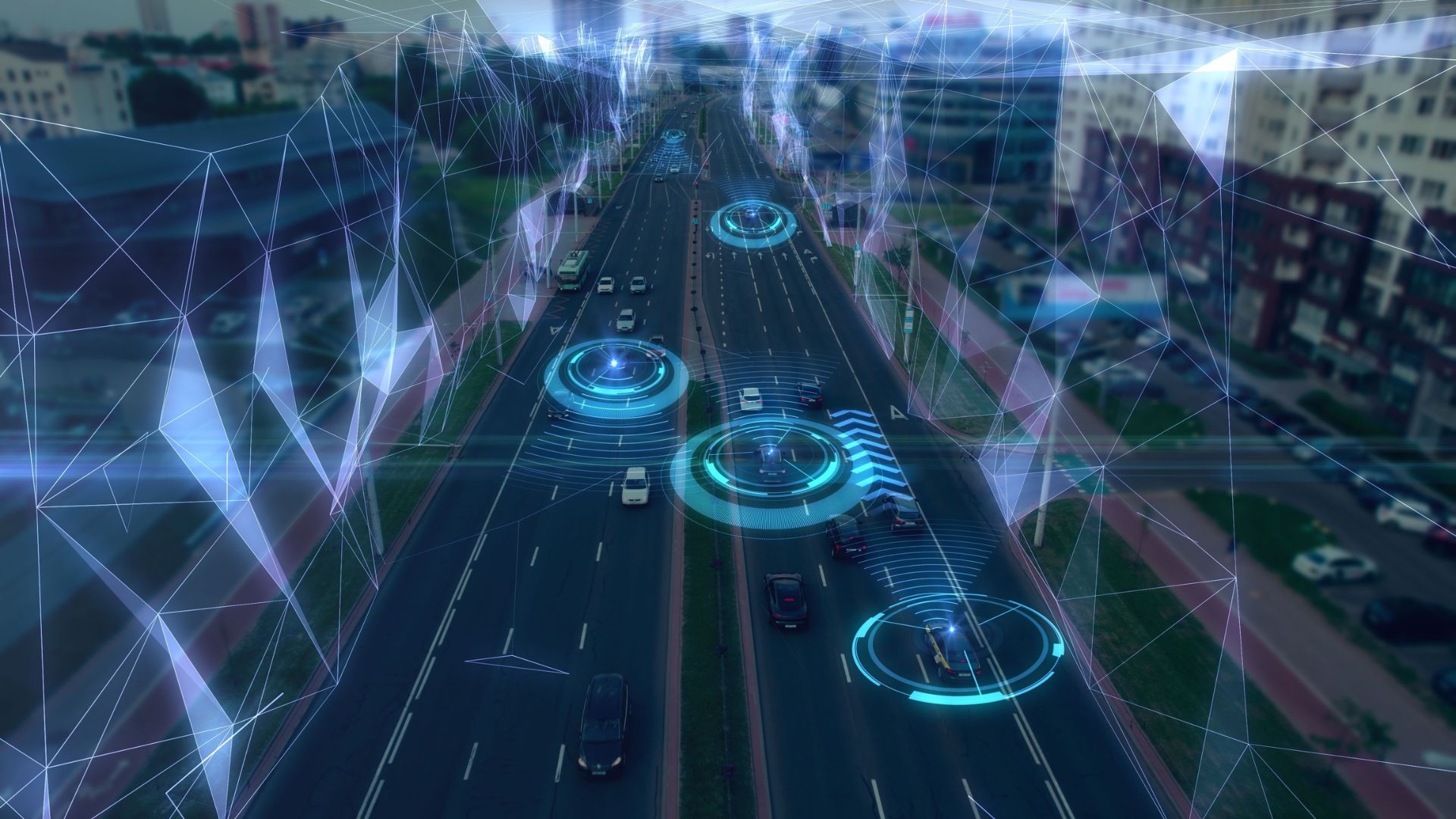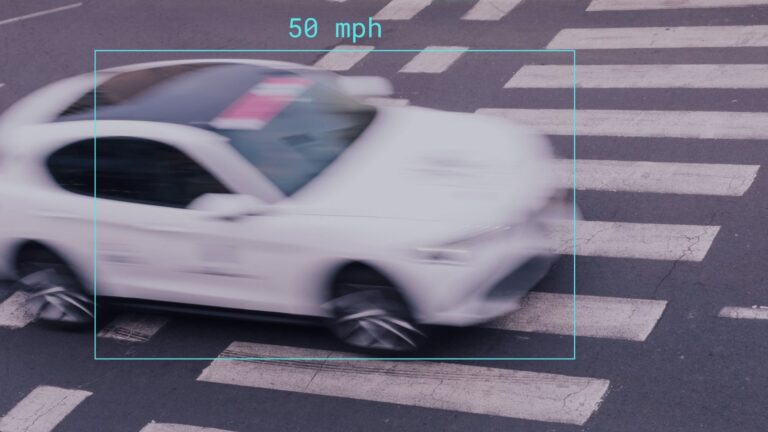Smart cities are increasingly utilizing automated traffic enforcement (ATE) systems not only to enforce traffic compliance but for modern traffic management and city planning. By deploying fixed and mobile cameras at high-risk intersections and along crash corridors, municipalities can collect granular data consistently 24/7 on speeding, red-light running, and near-miss events. These rich datasets feed into analytics platforms that not only pinpoint danger zones but also guide targeted interventions, ranging from signal timing to geometric redesigns, ultimately making roads safer for motorists, cyclists, and pedestrians alike.
Targeting High-Risk Intersections & Crash Corridors
Urban intersections account for a large percentage of serious traffic incidents. Studies show that roughly 75% of fatal accidents occur in built-up areas. Busy intersections where cars, bikes, and pedestrians cross paths are especially dangerous. ATE cameras at these spots collect millions of data points each year, helping city engineers to:
- Map collision clusters by overlaying citation heatmaps on crash data
- Analyze speed variance to identify segments where drivers routinely exceed safe limits
- Detect signal violations that correlate with pedestrian and cyclist conflicts
By focusing enforcement where the risk is highest, cities can achieve measurable reductions in collisions, even as overall traffic volumes grow.
Leveraging ATE Analytics for Traffic & Vulnerable Road User Insights
Beyond simple violation counts, modern ATE platforms analyze traffic flow and road-user behavior in real time. Key capabilities include:
- Trajectory analysis: Tracking the paths of vehicles and cyclists through intersections to identify conflict points and near-miss scenarios
- Speed profiling: Calculating average and 85th-percentile speeds before and after camera installation to quantify behavioral change
- Volume monitoring: Measuring vehicular, foot, and bicycle traffic to understand demand patterns and seasonal variations
For example, by correlating speed data with pedestrian crossing volumes, transportation agencies can time camera enforcement to coincide with peak school-zone traffic or community events, enhancing both safety and public acceptance.
Potsdam Case Study: Intelligent Infrastructure Meets ATE
In Potsdam, Germany, VITRONIC’s Local Traffic Safety Analyzer (LTSA) serves as a real-world laboratory for intelligent roadside infrastructure. Since 2021, LTSA has used a distributed network of image-based sensors to capture the positions, speeds, and trajectories of road users — motorists, cyclists, and pedestrians — at a busy urban intersection. Key outcomes include:
- Early warning alerts sent to automated and connected vehicles via ITS-G5 roadside units, reducing collision risk in complex turning scenarios
- Data-driven signal optimization, integrating LTSA feeds with the DLR’s VITAL traffic-actuated control system to shorten wait times and lower emissions
- Rich VRU analytics, enabling researchers to model pedestrian and cyclist motion paths and validate safety improvements before wider rollout
The Potsdam initiative showcases how ATE hardware, when paired with advanced analytics, can evolve from enforcement tools into proactive traffic management assets.
Informing Road Redesign & Camera Placement
ATE analytics also support strategic decisions on infrastructure redesign:
- Intersection geometry: Data on vehicle encroachments and lateral offsets can justify curb extensions or reduced corner radii to slow turning vehicles.
- Crossing enhancements: High-resolution heatmaps of pedestrian and cyclist flows reveal where mid-block crossings or refuge islands are most needed.
- Signal timing and phasing: Near-miss analyses guide adjustments to green-light durations and leading pedestrian intervals, balancing efficiency and safety.
Moreover, continuous feedback loops, where enforcement results inform design tweaks and vice versa, can ensure that interventions remain responsive to evolving traffic patterns.
Embedding Social Equity in ATE Deployment
Equitable camera placement is essential to avoid unintended burdens on underserved communities. Research in California and Washington, D.C., for example highlights how low-income and minority neighborhoods have historically disproportionate ATE coverage, despite not experiencing higher crash rates. Smart cities counteract this by:
- Layering demographic data over collision and citation maps to identify enforcement gaps
- Implementing sliding-scale fines or community reinvestment of ATE revenues in targeted areas
- Engaging stakeholders through public forums to ensure transparent decision-making
By consciously integrating social equity considerations, cities can build trust and foster broader acceptance of ATE programs.
Integration With Connected & Autonomous Mobility
Looking ahead, ATE systems will also play an important role in the development of connected and autonomous vehicles (CAVs). VITRONIC’s Potsdam RSUs already broadcast anonymized mobility data and collision warnings to CAVs, enhancing their situational awareness in blind-spot and complex junction scenarios. Conversely, data from CAVs, such as Basic Safety Messages and platoon formation metrics, can enrich ATE analytics, offering:
- Proactive safety indicators (e.g., location-based volatility measures) to spot emerging risk before crashes occur
- Adaptive enforcement scheduling, where real-time CAV behavior informs dynamic camera activation
- Enhanced corridor management, as vehicle-to-infrastructure (V2I) communications enable synchronized traffic signal control across multiple intersections.
This symbiotic approach will contribute to safer, smoother urban mobility and pave the way for fully integrated smart-city ecosystems.
By utilizing ATE technologies, not only for enforcement and citation issuance, but as integral components of data-driven traffic management, smart cities are redefining road safety and efficiency. From pinpointing high-risk corridors to informing equitable enforcement and supporting emerging connected-vehicle networks, ATE analytics can play an important role in revolutionizing urban mobility.






